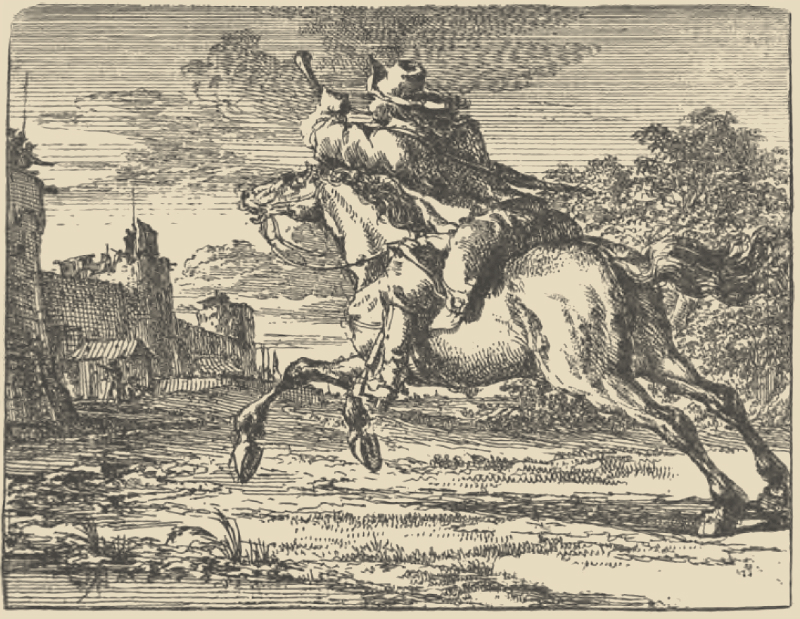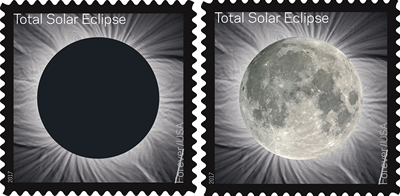 Philately has done pretty well maintaining its appeal and relevance even as the technology of how mail has been carried changed significantly over the last 150 years. When stamps were first invented, all mail was carried by foot or by horse. This method of transportation was unchanged since the dawn of civilization (the domestication of horses predates the history of civilization and is thought to have occurred about 5,500 years ago). By 1860, most intercity mail was being carried by trains. Mail that took days to deliver between close cities now took hours, and between further cities and countries mail that took weeks now took days. By 1920, the next great transportation leap was airplanes, and mail was carried by plane in the earliest period at a surcharge because of the added expense (an interesting point is that trains must not only have been faster but cheaper to use for mail delivery. This is evidenced by the fact that there never was a train surcharge on postage in the earliest period as there was on airmail when it first developed). Airmail was a boon for postal patrons and for philatelists both as airmail stamps are a popular and interesting part of our hobby.
Philately has done pretty well maintaining its appeal and relevance even as the technology of how mail has been carried changed significantly over the last 150 years. When stamps were first invented, all mail was carried by foot or by horse. This method of transportation was unchanged since the dawn of civilization (the domestication of horses predates the history of civilization and is thought to have occurred about 5,500 years ago). By 1860, most intercity mail was being carried by trains. Mail that took days to deliver between close cities now took hours, and between further cities and countries mail that took weeks now took days. By 1920, the next great transportation leap was airplanes, and mail was carried by plane in the earliest period at a surcharge because of the added expense (an interesting point is that trains must not only have been faster but cheaper to use for mail delivery. This is evidenced by the fact that there never was a train surcharge on postage in the earliest period as there was on airmail when it first developed). Airmail was a boon for postal patrons and for philatelists both as airmail stamps are a popular and interesting part of our hobby.
 Just as technology has made postage stamps less necessary, they have made the production of attractive and interesting stamps easier. Multicolor printing used to be expensive and error prone. After the debacle of the Airmail invert, the Post Office only issued bicolored stamps for the very highest value stamps that they thought needed this as an anti-counterfeiting deterrent. It was over a decade before a multicolored first class stamp was issued. Now, the only constraints to issuing a new stamp are figuring out how many you can sell. Technology exists for printing truly regional or dated issues with vignettes changeable by region or date. Just as stamp use becomes almost unnecessary, the post office has the capacity to micro target philatelic issues. This is an exciting time for our hobby, and how well it navigates the transition from stamp collectors saving necessary postage stamps to postal collectibles will determine the future of philately.
Just as technology has made postage stamps less necessary, they have made the production of attractive and interesting stamps easier. Multicolor printing used to be expensive and error prone. After the debacle of the Airmail invert, the Post Office only issued bicolored stamps for the very highest value stamps that they thought needed this as an anti-counterfeiting deterrent. It was over a decade before a multicolored first class stamp was issued. Now, the only constraints to issuing a new stamp are figuring out how many you can sell. Technology exists for printing truly regional or dated issues with vignettes changeable by region or date. Just as stamp use becomes almost unnecessary, the post office has the capacity to micro target philatelic issues. This is an exciting time for our hobby, and how well it navigates the transition from stamp collectors saving necessary postage stamps to postal collectibles will determine the future of philately.